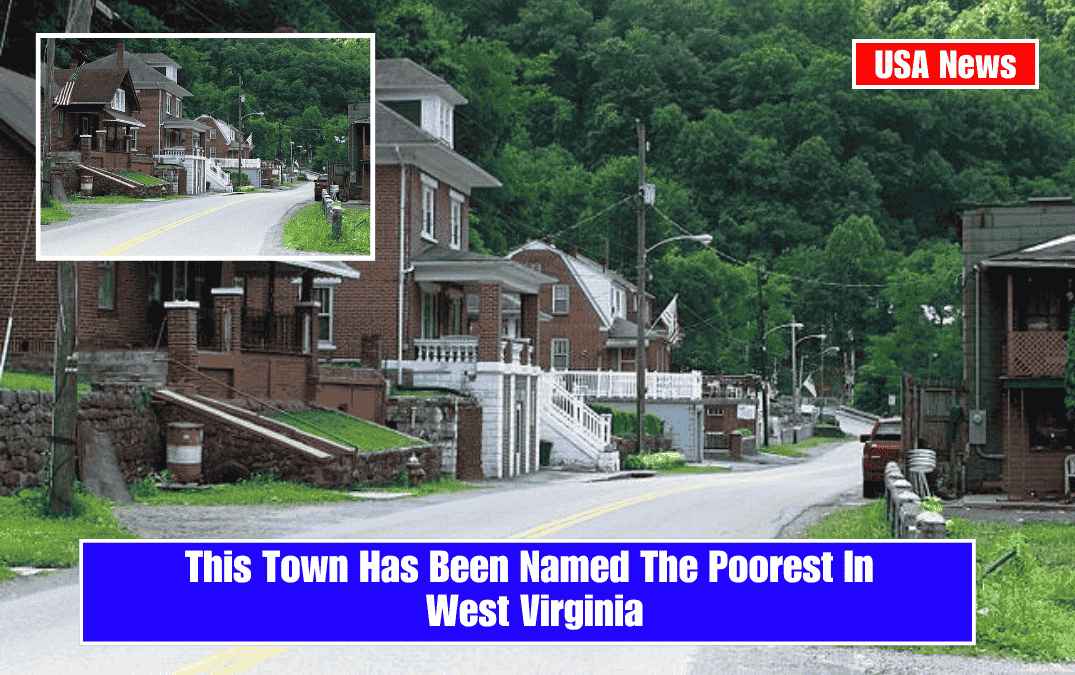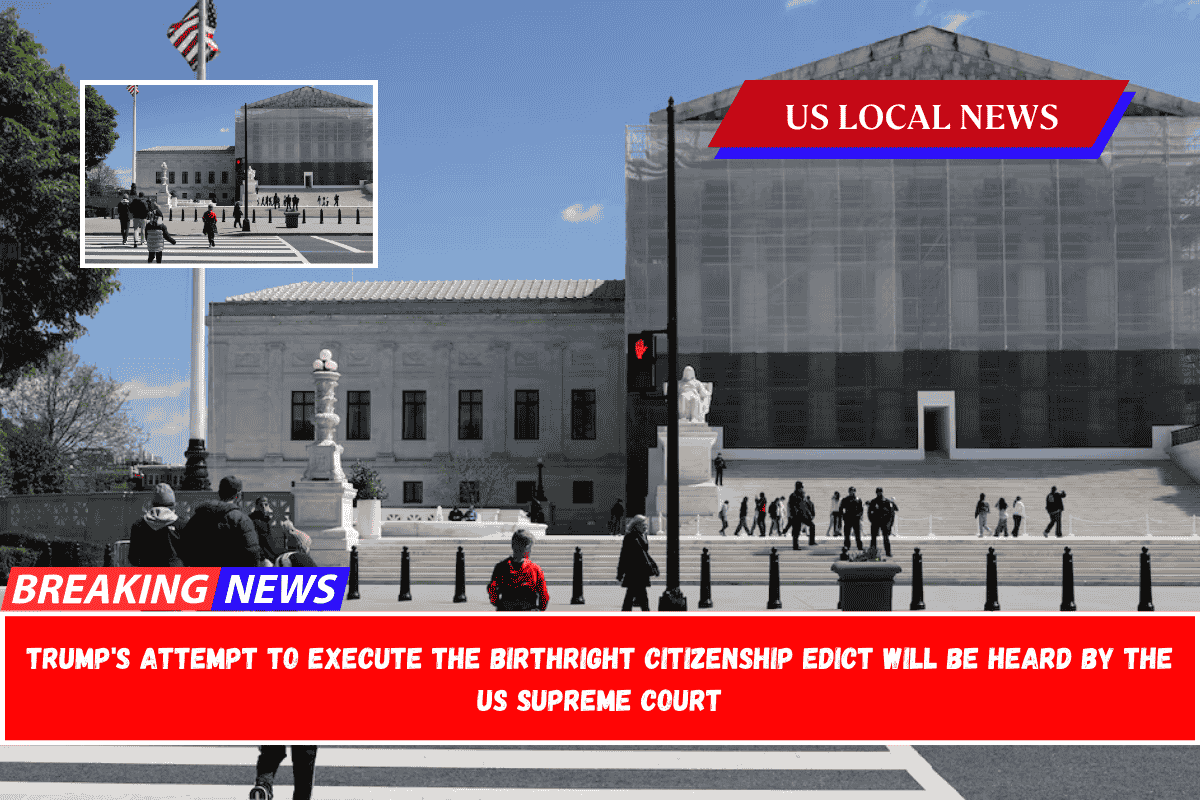McDowell County, located in the southernmost part of West Virginia, has been consistently named the poorest county—and by extension, home to the poorest communities—in the state. This distinction is not new; McDowell’s struggle with poverty has deep historical roots and remains a stark example of persistent economic hardship in Appalachia.
McDowell County: The Poorest in West Virginia
According to recent data, McDowell County stands out as the poorest county in West Virginia and one of the most impoverished in the entire United States.
In 2022, McDowell ranked as the 16th-poorest county nationwide, with a median annual household income of just $28,235 and an estimated poverty rate of 37.6 percent. For comparison, the national median household income is $67,521, and the U.S. poverty rate is 11.4 percent. McDowell’s poverty rate is more than three times the national average.
The county’s population has plummeted from nearly 100,000 in 1950 to under 20,000 in 2020, primarily due to the collapse of the coal mining industry, once the region’s economic backbone. Mechanization and the decline of coal led to massive job losses, forcing many residents to leave in search of work elsewhere.
Those who remained have faced limited employment opportunities, high rates of drug abuse, and a life expectancy well below the national average.
Daily Life and Economic Challenges
McDowell County’s economic struggles are visible in every facet of daily life. The area has been classified as a “food desert” by the USDA, with only two full-sized grocery stores serving over 500 square miles as of 2017. The closure of the county’s only Walmart Supercenter in 2016 further limited access to affordable goods and jobs.
Financial services are scarce, and the region has suffered from high-profile financial scandals, such as the closure of the First National Bank of Keystone due to fraud.
Persistent poverty in McDowell has a profound impact on children and families. West Virginia as a whole has one of the highest child poverty rates in the nation, and McDowell’s rate is even higher. Many families struggle to afford basic necessities, and social safety nets are stretched thin. Programs like food assistance and after-school initiatives provide some relief, but systemic issues remain.
Broader Context: Poverty in West Virginia
While McDowell County is the poorest, poverty is a widespread issue across West Virginia. The state has one of the highest poverty rates in the country, with about 16.7 percent of residents living below the federal poverty line as of 2023. In McDowell, that figure is nearly double. Other counties, such as Kanawha (which includes Charleston), also contain pockets of persistent poverty, but none are as deeply affected as McDowell.
Historical and Social Factors
The roots of McDowell’s poverty are tied to the boom-and-bust cycles of the coal industry, lack of economic diversification, and geographic isolation. Despite federal intervention and social programs dating back to the New Deal, the county has struggled to recover from economic shocks.
The decline in population and employment opportunities has left behind an aging infrastructure, abandoned homes, and a community fighting to break the cycle of poverty.
McDowell County is widely recognized as the poorest place in West Virginia. Its challenges are emblematic of the broader struggles facing Appalachia: economic decline, population loss, and persistent poverty. While local leaders and organizations continue to work toward solutions, McDowell’s story is a sobering reminder of the long-term impact of industrial decline and the need for sustained, systemic change.
SOURCES:-
[1] https://mountainstatespotlight.org/2024/01/16/heres-what-persistent-poverty-looks-like-in-west-virginia/
[2] https://www.youtube.com/watch?v=VLlXwDQpW1U
[3] https://www.wvencyclopedia.org/entries/1850
[4] https://en.wikipedia.org/wiki/McDowell_County,_West_Virginia
[5] https://www.unitedstateszipcodes.org/rankings/zips-in-wv/poverty_rate/















